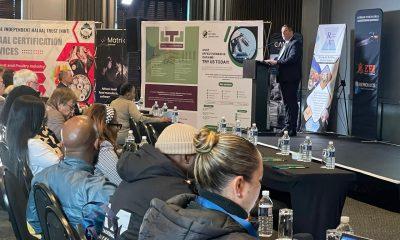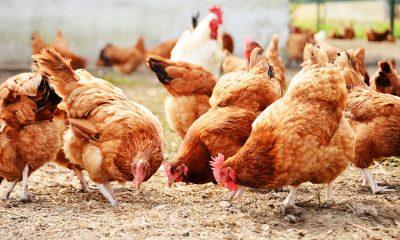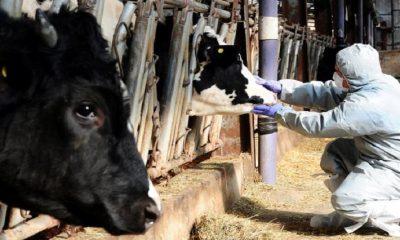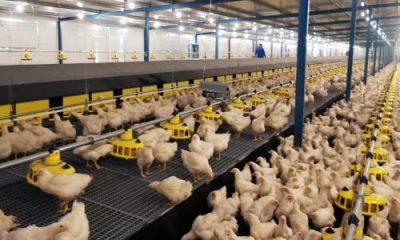Business
South African Citrus Faces US Tariff Storm as Producers Brace for a Tough Season
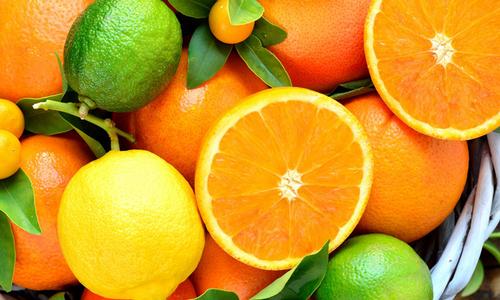
South Africa’s citrus industry is on high alert as producers prepare to absorb the shock of a steep 30% tariff on citrus exports to the United States — a move announced by US President Donald Trump on what was controversially dubbed “Liberation Day” on April 2, 2025.
This tariff poses a major challenge for South Africa’s citrus growers, especially during the critical July-to-October export window when the country serves as a key counter-seasonal supplier to the US.
Producers Caught Between Rising Costs and Consumer Resistance
With oranges and mandarins among the top citrus exports to the US, the tariffs are expected to either push up prices significantly for American consumers or force South African exporters to shoulder the financial burden.
“There is limited scope for other exporters to fill South Africa’s market share, especially for oranges,” says Dr Marlene Louw, senior economist at Absa AgriBusiness. “This could lead to higher prices in US supermarkets — but it’s unclear whether consumers will absorb the hikes or shift to alternative fruits.”
Competing Exporters and Changing Dynamics
Dr Louw, speaking in the Autumn edition of the Absa AgriTrends Report, highlighted how other Southern Hemisphere exporters like Chile already dedicate the bulk of their orange exports to the US market, leaving little room for substitution.
South African mandarins face a slightly different challenge. Peru, another major mandarin exporter, currently faces a much lower 10% tariff and could redirect more of its supply to the US. “Peru has ramped up its mandarin production and is well-positioned to increase exports,” Louw noted. “Chile, on the other hand, doesn’t have the capacity to replace South African volumes at scale.”
A Risky Season for the Industry
The tariffs couldn’t have come at a worse time for an industry that exported roughly R1.8 billion worth of citrus to the US in 2024. That figure represents 5.4% of South Africa’s total citrus exports — with the Western Cape region alone accounting for about 20% of exports to the US market.
While the global citrus trade is governed by World Trade Organisation (WTO) rules, the new tariff imposition signals how vulnerable even longstanding trade flows can be to political decisions.
Looking Ahead: Can the Market Adapt?
With the season approaching, the spotlight is on American consumers and their willingness to absorb the higher costs — a key factor lawmakers may consider as pressure mounts from domestic retailers and buyers.
At the same time, South African exporters are weighing the possibility of diversifying into alternative markets or rallying for trade concessions in the hope of keeping their fruit competitive.
“This is more than just a trade issue,” said Dr Louw. “It’s a question of sustainability and survival for thousands of jobs in South Africa’s citrus sector.”
Whether the burden falls on US shoppers or South African farmers, one thing is clear: 2025’s citrus season will test the resilience of both.
{Source: IOL}
Follow Joburg ETC on Facebook, Twitter , TikTok and Instagram
For more News in Johannesburg, visit joburgetc.com

